技术
- 功能应用 - 企业资产管理系统 (EAM)
- 功能应用 - 运输管理系统 (TMS)
适用行业
- 建筑与基础设施
- 运输
适用功能
- 物流运输
- 维护
用例
- 资产生命周期管理
- 交通监控
服务
- 系统集成
- 培训
关于客户
俄勒冈州交通部 (ODOT) 是负责建立和监管该州交通基础设施的政府机构。这包括管理俄勒冈州境内超过 8,000 英里的州和州际高速公路。 ODOT 还监督与高速公路、道路和桥梁、铁路、公共交通服务、运输安全计划和汽车运输监管相关的计划。该部门的任务是满足州和联邦报告要求,这需要全面了解他们拥有哪些资产以及它们位于何处。由于与它们相关的网络不断变化,这一挑战变得更加复杂。
挑战
俄勒冈州交通部 (ODOT) 负责管理俄勒冈州境内超过 8,000 英里的州和州际高速公路,以及与高速公路、道路和桥梁、铁路、公共交通服务、运输安全计划和汽车运输监管相关的计划。此前,ODOT 使用运行在各种技术上的遗留系统管理其运输资产,执行并非最初设计的功能,并在多个存储库中复制数据。满足政府报告要求需要数月的自定义编码、手动更新和警惕的错误检查。 ODOT 需要一种新的、全面的、线性的资产管理解决方案,该解决方案能够实现更高效的数据捕获、分析和信息移动,从而简化流程并改进监管报告。
解决方案
ODOT 实施了 TransInfo,这是一个价值 330 万美元的线性资产管理系统,基于 Bentley 的 AssetWise 资产绩效软件构建。该系统创建了一个可确保信息完整性和可用性的互联数据环境。 TransInfo 提供整个道路网络和相关要素的统一视图,将所有资产集成到单个信息和资产管理系统中,并维护所有数据的无缝空间表示。 AssetWise 为 ODOT 提供单一事实来源来管理所有道路资产信息,包括空间网络数据、库存和维护数据、资产数据、道路几何数据和道路分类数据。 ODOT 还开始使用 Bentley 的运输智能网关 (TIG),该网关提供强大且灵活的运营分析,这些分析已集成到 ODOT 的事务系统中并使用线性引用数据。
运营影响
数量效益

Case Study missing?
Start adding your own!
Register with your work email and create a new case study profile for your business.
相关案例.
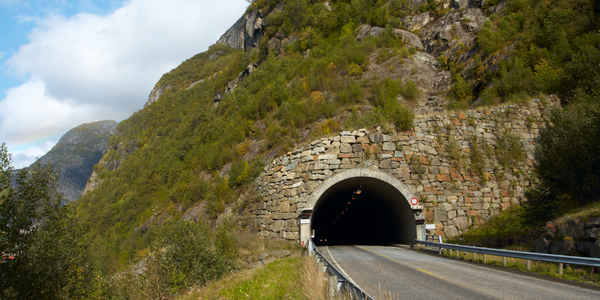
Case Study
IoT System for Tunnel Construction
The Zenitaka Corporation ('Zenitaka') has two major business areas: its architectural business focuses on structures such as government buildings, office buildings, and commercial facilities, while its civil engineering business is targeted at structures such as tunnels, bridges and dams. Within these areas, there presented two issues that have always persisted in regard to the construction of mountain tunnels. These issues are 'improving safety" and "reducing energy consumption". Mountain tunnels construction requires a massive amount of electricity. This is because there are many kinds of electrical equipment being used day and night, including construction machinery, construction lighting, and ventilating fan. Despite this, the amount of power consumption is generally not tightly managed. In many cases, the exact amount of power consumption is only ascertained when the bill from the power company becomes available. Sometimes, corporations install demand-monitoring equipment to help curb the maximum power demanded. However, even in these cases, the devices only allow the total volume of power consumption to be ascertained, or they may issue warnings to prevent the contracted volume of power from being exceeded. In order to tackle the issue of reducing power consumption, it was first necessary to obtain an accurate breakdown of how much power was being used in each particular area. In other words, we needed to be able to visualize the amount of power being consumed. Safety, was also not being managed very rigorously. Even now, tunnel construction sites often use a 'name label' system for managing entry into the work site. Specifically, red labels with white reverse sides that bear the workers' names on both sides are displayed at the tunnel work site entrance. The workers themselves then flip the name label to the appropriate side when entering or exiting from the work site to indicate whether or not they are working inside the tunnel at any given time. If a worker forgets to flip his or her name label when entering or exiting from the tunnel, management cannot be performed effectively. In order to tackle the challenges mentioned above, Zenitaka decided to build a system that could improve the safety of tunnel construction as well as reduce the amount of power consumed. In other words, this new system would facilitate a clear picture of which workers were working in each location at the mountain tunnel construction site, as well as which processes were being carried out at those respective locations at any given time. The system would maintain the safety of all workers while also carefully controlling the electrical equipment to reduce unnecessary power consumption. Having decided on the concept, our next concern was whether there existed any kind of robust hardware that would not break down at the construction work site, that could move freely in response to changes in the working environment, and that could accurately detect workers and vehicles using radio frequency identification (RFID). Given that this system would involve many components that were new to Zenitaka, we decided to enlist the cooperation of E.I.Sol Co., Ltd. ('E.I.Sol') as our joint development partner, as they had provided us with a highly practical proposal.
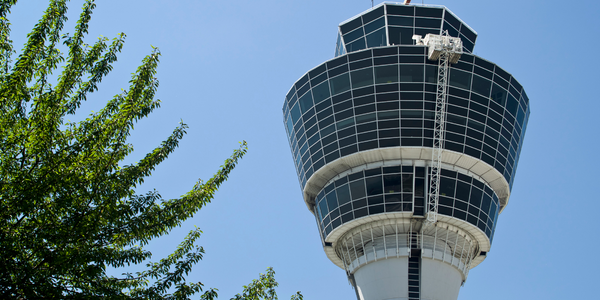
Case Study
Airport SCADA Systems Improve Service Levels
Modern airports are one of the busiest environments on Earth and rely on process automation equipment to ensure service operators achieve their KPIs. Increasingly airport SCADA systems are being used to control all aspects of the operation and associated facilities. This is because unplanned system downtime can cost dearly, both in terms of reduced revenues and the associated loss of customer satisfaction due to inevitable travel inconvenience and disruption.
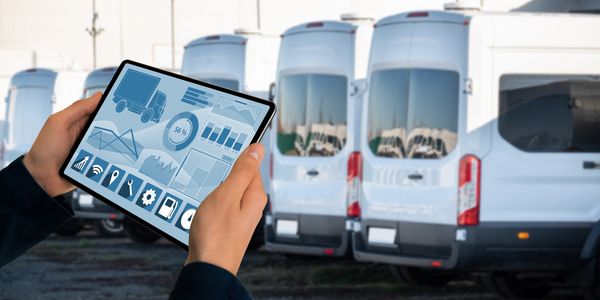
Case Study
IoT-based Fleet Intelligence Innovation
Speed to market is precious for DRVR, a rapidly growing start-up company. With a business model dependent on reliable mobile data, managers were spending their lives trying to negotiate data roaming deals with mobile network operators in different countries. And, even then, service quality was a constant concern.
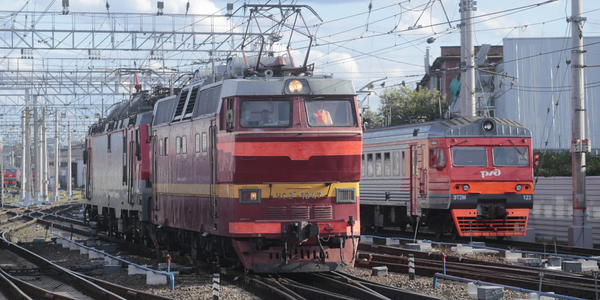
Case Study
Digitize Railway with Deutsche Bahn
To reduce maintenance costs and delay-causing failures for Deutsche Bahn. They need manual measurements by a position measurement system based on custom-made MEMS sensor clusters, which allow autonomous and continuous monitoring with wireless data transmission and long battery. They were looking for data pre-processing solution in the sensor and machine learning algorithms in the cloud so as to detect critical wear.
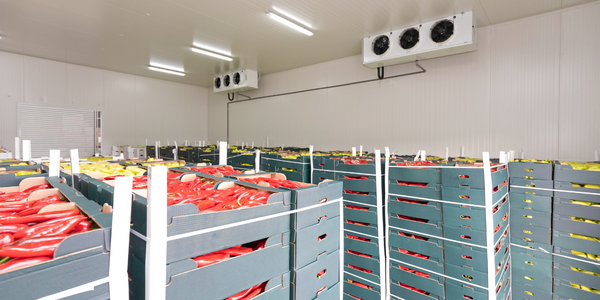
Case Study
Cold Chain Transportation and Refrigerated Fleet Management System
1) Create a digital connected transportation solution to retrofit cold chain trailers with real-time tracking and controls. 2) Prevent multi-million dollar losses due to theft or spoilage. 3) Deliver a digital chain-of-custody solution for door to door load monitoring and security. 4) Provide a trusted multi-fleet solution in a single application with granular data and access controls.

Case Study
Vehicle Fleet Analytics
Organizations frequently implement a maintenance strategy for their fleets of vehicles using a combination of time and usage based maintenance schedules. While effective as a whole, time and usage based schedules do not take into account driving patterns, environmental factors, and sensors currently deployed within the vehicle measuring crank voltage, ignition voltage, and acceleration, all of which have a significant influence on the overall health of the vehicle.In a typical fleet, a large percentage of road calls are related to electrical failure, with battery failure being a common cause. Battery failures result in unmet service agreement levels and costly re-adjustment of scheduled to provide replacement vehicles. To reduce the impact of unplanned maintenance, the transportation logistics company was interested in a trial of C3 Vehicle Fleet Analytics.







